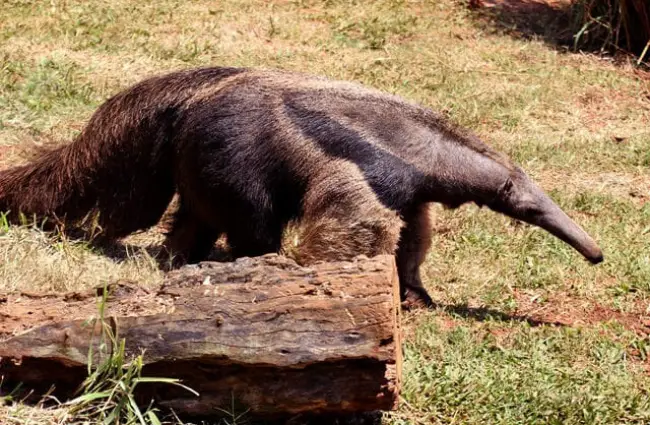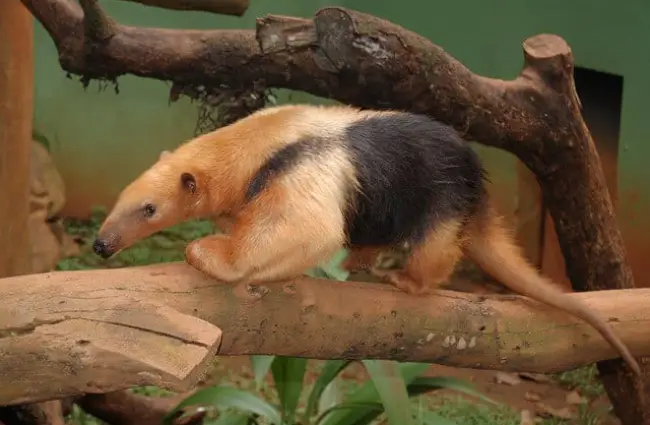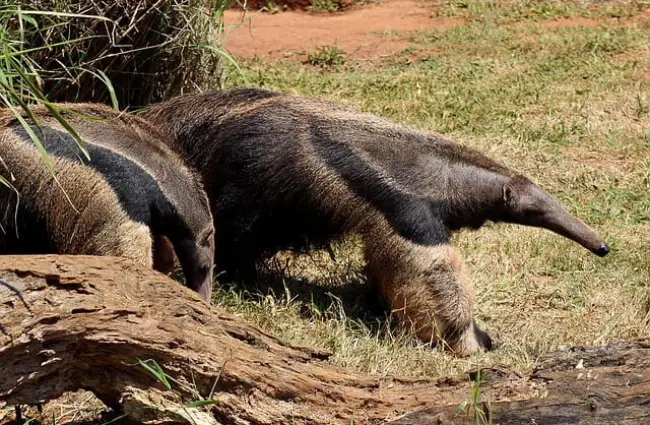The Extraordinary World of Anteaters
Anteaters, those peculiar and captivating mammals, represent a truly unique evolutionary path. Often recognized by their elongated snouts and insatiable appetite for ants and termites, these creatures are far more complex and interesting than many realize. This guide delves into the fascinating lives of anteaters, exploring their biology, behavior, habitat, and the crucial role they play in their ecosystems.

What is an Anteater? A Family Portrait
The name “anteater” encompasses four distinct species, all belonging to the suborder Vermilingua – literally “worm tongue.” This refers to the exceptionally long, sticky tongue they use to capture their primary food source. The four species are the giant anteater (Myrmecophaga tridactyla), the silky anteater (Cyclopes didactylus), the northern tamandua (Tamandua mexicana), and the southern tamandua (Tamandua tetradactyla). They are not closely related to bears or pangolins, despite superficial similarities. Anteaters are native to Central and South America.
A Deep Dive into Anteater Biology
Anteaters exhibit a remarkable suite of adaptations for their specialized diet. Their most striking feature is, of course, their long snout and even longer tongue—which can extend up to 60 centimeters in the giant anteater. This tongue isn’t simply long; it’s covered in tiny, backward‑facing spines and coated with sticky saliva produced by enlarged salivary glands. This effectively ‘glues’ ants and termites to the tongue on retrieval.

Unlike most mammals, anteaters lack teeth. Instead, they possess a muscular gizzard that grinds up insects along with sand and grit ingested during feeding. Their foreclaws are powerful and adapted for tearing open ant and termite mounds, with the giant anteater possessing particularly large, central claws. Their relatively small brains are proportionate to their body size and reflect their focused dietary lifestyle.
Habitat and Distribution
Anteaters inhabit a diverse range of habitats, from dense rainforests to open grasslands and wetlands. The giant anteater, the largest of the species, prefers grasslands and open forests, ranging from Mexico to Argentina. Tamanduas are more versatile, inhabiting both rainforests and drier habitats. Silky anteaters, the smallest, are arboreal, spending much of their lives in the canopy of rainforests in Central and South America. Habitat loss and fragmentation pose significant threats to all anteater species.

The Anteater Diet: A Specialized Feast
Anteaters are myrmecophagous, meaning their diet consists almost entirely of ants and termites. A single giant anteater can consume up to 30,000 insects in a day. They don’t destroy entire colonies; instead, they strategically feed on a portion of the colony, allowing it to recover. This makes them important regulators of insect populations. They locate nests using their keen sense of smell. Their saliva is not only sticky but also lubricates the insects for easier ingestion.

Reproduction and Life Cycle
Anteater reproduction is a relatively slow process. Females typically give birth to a single offspring after a gestation period of around six months. The young anteater, called a pup, is carried on its mother’s back for several months, initially clinging to her fur. The pup learns essential foraging skills by following its mother and mimicking her behavior. Anteaters reach sexual maturity around two to three years of age. Their lifespan in the wild is estimated to be around 10 to 15 years, though they can live longer in captivity.
Anteaters in the Ecosystem: An Ecological Role
Anteaters play a vital role in maintaining the health of their ecosystems. By controlling populations of ants and termites, they prevent these insects from becoming pests that could damage crops or trees. Their foraging activities also help aerate the soil. They serve as prey for jaguars, pumas, and anacondas, contributing to the food web. The impact of anteaters on the ecosystem highlights their importance for biodiversity.
Anteater Behavior and Social Interactions
Anteaters are generally solitary animals, except during mating season and when a mother is raising her young. They communicate using scent marking and vocalizations. They are capable of surprisingly quick movement when threatened, and the giant anteater can even stand on its hind legs and use its powerful claws for defense. They are not aggressive toward humans unless provoked or cornered.

Anteaters and Humans: Interactions and Conservation
Historically, anteaters were hunted for their meat and hides. Today, the primary threats to anteater populations are habitat loss, fragmentation, and road mortality. They are sometimes killed by farmers who mistakenly believe they prey on livestock, although this is rare. Conservation efforts focus on protecting and restoring anteater habitats, reducing road mortality, and educating local communities about the importance of these unique animals.
Anteater Evolution: A Journey Through Time
The evolutionary history of anteaters can be traced back to the Oligocene epoch, around 30 million years ago. Fossil evidence suggests that early anteaters were much smaller and likely fed on a broader range of insects. Over time, they evolved their specialized adaptations for myrmecophagy. Their closest living relatives are sloths and armadillos, all belonging to the superorder Xenarthra. The unique skeletal structures and dental adaptations of xenarthrans set them apart from other mammals.
Interesting Facts about Anteaters
- Anteaters have poor eyesight but a highly developed sense of smell.
- They can swim and use their claws to propel themselves through the water.
- The silky anteater is the smallest anteater species, measuring only about 40 centimeters in length.
- Giant anteaters walk on all four feet to protect their long claws.
- Their body temperature is relatively low compared to other mammals.

Encountering an Anteater in the Wild: A Guide
If you are fortunate enough to encounter an anteater in the wild, observe it from a respectful distance. Do not approach or attempt to feed it. If you are driving, slow down and be cautious, as anteaters may cross roads. If you encounter an injured or distressed anteater, contact local wildlife authorities.
Caring for Anteaters in Captivity: A Zookeeper’s Perspective
Anteater care in captivity requires specialized knowledge and resources. Providing a naturalistic habitat with ample space for foraging is crucial. Their diet should consist of a variety of insects, supplemented with vitamins and minerals. Enrichment activities, such as puzzle feeders and scent trails, are essential for stimulating their minds. Regular veterinary checkups are necessary to monitor their health and prevent diseases. It’s also important to recreate their natural foraging behavior by scattering food, encouraging digging and exploration.
Anteaters are remarkable creatures that deserve our admiration and protection. By understanding their biology, behavior, and ecological role, we can contribute to their conservation and ensure that these unique animals continue to thrive for generations to come.

![Red Angus Closeup of a beautiful Red Angus cowPhoto by: U.S. Department of Agriculture [pubic domain]https://creativecommons.org/licenses/by/2.0/](https://animals.net/wp-content/uploads/2020/03/Red-Angus-4-100x75.jpg)

